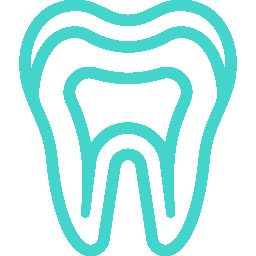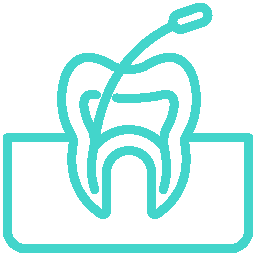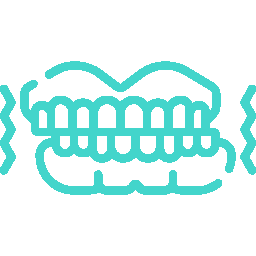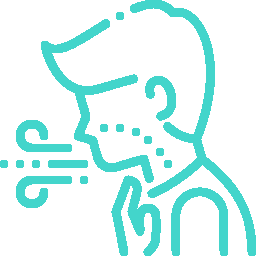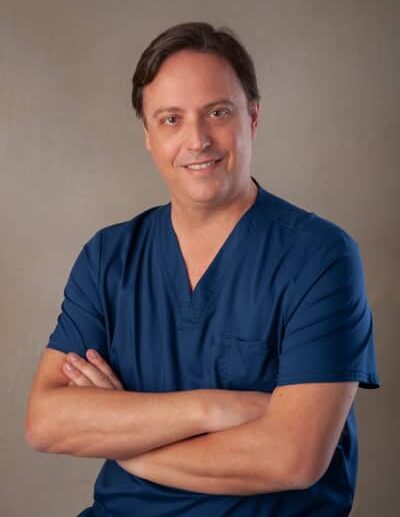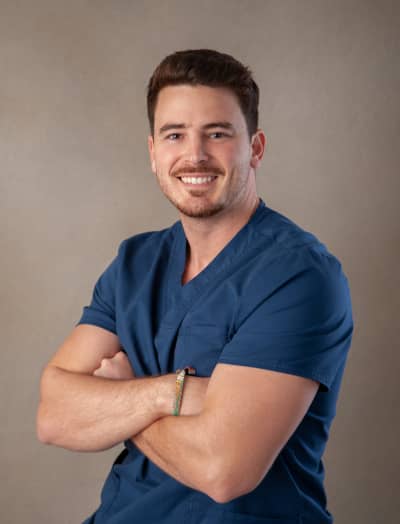Treatments for bruxism and temporomandibular joint (TMJ) problems
Do you want to solve your dental or facial problem?
Ask us for an appointment with free check-up and diagnosis
Whether you want to start treatment or request information, you are in the right place. Leave us your details and we will contact you within three hours.
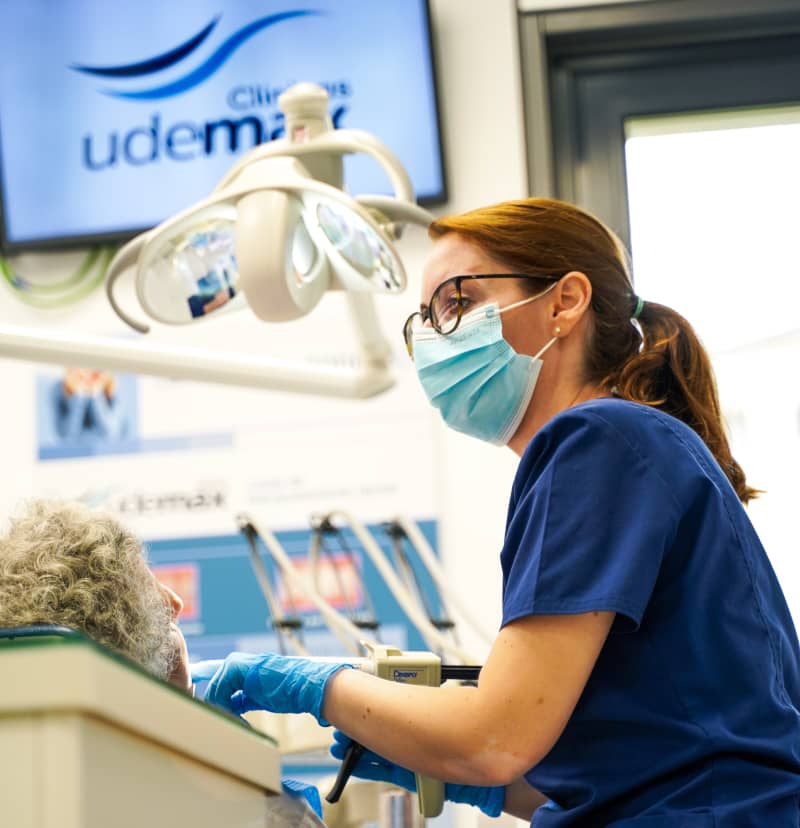
What is bruxism?
Bruxism is the medical term for the involuntary habit of clenching or grinding the teeth, mostly during sleep. It is a pathology suffered by approximately 50% of the population, although many people do not know they suffer from it and are unaware of the negative consequences it has. In fact, many of our patients are aware of the onset of this problem when they present some of the following symptoms:
Bruxism treatment in Mallorca:
What are the causes of bruxism?
The causes of bruxism can be very varied and can be due to external, internal and psychological factors. The main reasons for the appearance of this pathology are:
- Stress and anxiety, usually the main cause. The restlessness of stressed patients causes bruxism to appear during sleeping hours.
- Dental malocclusion and misalignment of the teeth. An incorrect bite and alignment can affect the TMJ, leading to the appearance of this pathology.
- Periodontal disease, with an estimated 80% of patients with gum problems being more likely to be bruxers.
- Poorly seated fillings or dental prostheses can cause discomfort and facilitate the habit of grinding teeth unconsciously.
- Having a neurodegenerative disease such as multiple sclerosis or cerebral palsy, among others, can also cause this problem.
- And poor posture. For example, in many office jobs, the head is held forward all day, straining the muscles of the face and neck.
Treatments for bruxism and TMJ problems
There are several approaches to the treatment of bruxism. The conservative dental approach to this problem involves the creation of relief splints or the application of Botox in the muscles that are responsible for moving the jaw.
But it is also possible to treat temporomandibular joint problems in some patients using orthodontics or maxillofacial surgery. Everything will depend on the diagnosis made and the specialist’s recommendations:
Typically, bruxism and TMJ disorders are treated by the fabrication and fitting of a customised unloading splint that can re-establish the balance of chewing forces and decrease the stress placed on the jaw.
An unloading splint or myorelaxation splint is an appliance or sleeve that is worn to sleep at night. It prevents activation of the muscles that cause increased force in the joint area and wear and tear on the teeth.
This treatment is carried out in several sessions. In the first session, a check-up, analysis and measurements are taken for the manufacture of the unloading splint, while in the second session, the splint is tested and any necessary adjustments are made.
There are many types of splints and, depending on the type of pathology, one or another will be necessary. It is therefore important that the specialist determines the correct type of splint according to the diagnosis made, and that the patient does not risk using an unsuitable one.
Botulinum toxin, known for its application in aesthetic medicine for the treatment of the signs of ageing, is also a substance that can be applied by microinjections into the muscles responsible for moving the jaw.
This substance, produced by bacteria, acts by weakening the muscle action. This causes a reduction in involuntary movements without affecting masticatory capacity, so that the muscle is not subjected to so much pressure.
The technique of Botox injections to treat bruxism is an outpatient, minimally invasive procedure that effectively treats the problem so that the patient does not have to wear splints at night.
In short, it is a simple and immediate solution that relaxes the muscle and relieves the resulting discomfort. The only drawback is that a reapplication would be necessary after 6 or 9 months once the material is reabsorbed.


